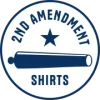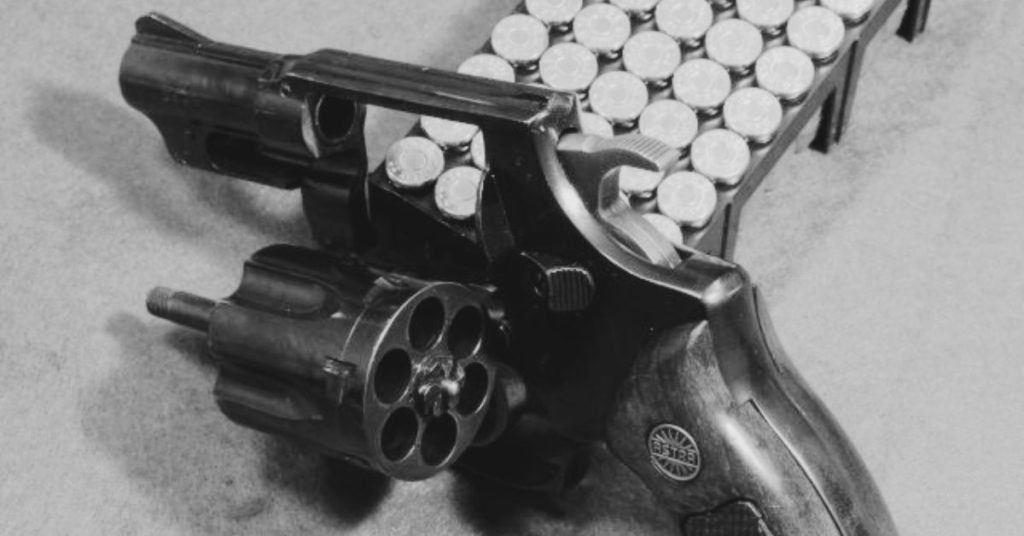Smith & Wesson launched the .38 Special centerfire cartridge in 1898 as an alternative to the .38 Long Colt. The military issued the Long Colt as a standard service cartridge but complained about its lack of stopping power.
The .38 Special ammo remedied the problem. Since its introduction, police and federal agents up until 1990s used the .38 Special as their standard service round. WWI soldiers carried the ammo into combat.
While snubnose revolvers have faded out from law enforcement’s main gun, gut the .38 Special is still seen as a symbol of the law.
Gun users buy .38 Special rounds most often for competition shooting, target practice, pest control, and self-defense. Most choose a full metal jacket round for range training or pinking; jacketed hollow point rounds are used most often for self-defense and home protection.
Military Use
The U.S. Army used the .38 Long Colt from 1892 – 1911. After being introduced to the M1892, the military announced that the cartridge was no longer effective. The round performed poorly during the Spanish-American War and the Philippine Insurrection.
In addition to having lackluster stopping power, soldiers said the round wasn’t accurate. Smith & Wesson regained the trust of the military and civilians when it launched the .38 Special Military and Police revolver in 1902.
Self-Defense
The .38 Special as a standard for self-defense purposes because it’s easy to carry and use. Police officers used lead-nosed rounds and called the ammo “.38 Special Police.”
Some law enforcement officer still carry the .38 Special as an off duty back up piece. The cartridge has deep penetration and causes extreme damage to the target.
Target Shooting
Competition and target shooters use full metal jacket rounds, closely followed by hollow points. Shooters like FMJ because it doesn’t expand upon impact with a soft target. They also like the ammo for its low cost.
Novice shooters typically train with .38 Special ammo despite its less than perfect accuracy. Trainers use it because of the low price and the minimal recoil associated with the gun.
Types of Ammo
Many companies offer ammunition for the .38 Special ammunition. The gun can use a range of cartridges, from light target loads to a more powerful defensive ammunition. However, the cartridge has low pressure and therefore, does not expand reliably.
The +P version does little to change that fact. Speer introduced the Gold Dot jacketed hollow-point .38 Special cartridge in 2004 as a way to solve the issue of low pressure rounds. Other solutions include using a unjacketed soft lead hollow-point round.
Handloading
Handloaders like .38 Special ammo due to its headspacing on the rim, straight walls, and easy to get cases. Additionally, the .38 Special can accommodate various types of powder from slow burning to fast burning.
The ammo for a .38 Special can be used for many applications, which makes it a longstanding popular defense round.

